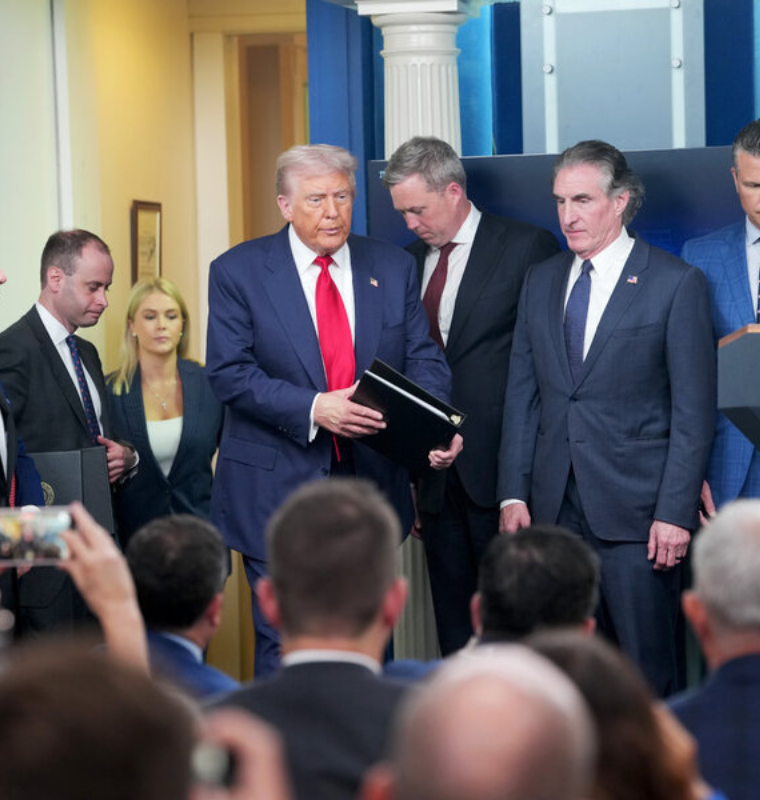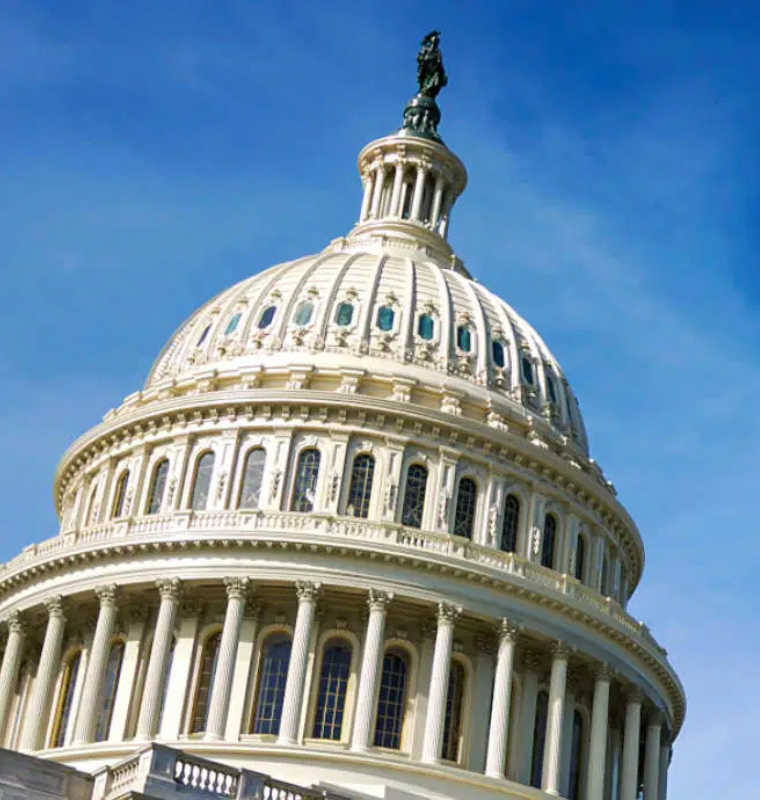Aug. 1 Set as Final Tariff Deadline: U.S. Signals Tough Stance on Trade Under Trump Policy
Aug. 1 Set as Final Tariff Deadline: U.S. Signals Tough Stance on Trade Under Trump Policy
By
Rachel Steinberg
Last updated:
July 21, 2025
First Published:
August 6, 2025
.webp)
Photo: Bloomberg
Aug. 1: The Official Start of New U.S. Tariffs
The United States is preparing to impose sweeping new tariffs on imports beginning August 1, a move confirmed by Commerce Secretary Howard Lutnick during an interview on CBS News. Lutnick referred to this as a “hard deadline” for the implementation of reciprocal tariffs introduced by former President Donald Trump as part of his new trade strategy.
“On August 1, the new tariff rates will come in,” Lutnick said. “That’s a hard deadline.”
The U.S. has made it clear that while countries can still negotiate trade terms beyond August 1, they will be expected to start paying the new tariffs immediately if no agreements are in place.
What Are Reciprocal Tariffs?
Reciprocal tariffs aim to match the import taxes that other countries impose on U.S. goods. The Trump administration has framed this as a fairness doctrine—if a nation imposes a 20% tariff on American cars, for example, the U.S. would respond with the same rate on their exports.
According to Lutnick, the tariffs are designed to level the playing field, especially in trade with major economies such as those in the European Union, China, and other high-volume partners.
“The bigger economies will either open themselves up or they’ll pay a fair tariff to America,” Lutnick stated.
How Much Are the Tariffs?
- Baseline tariff for smaller nations: Expected to be 10%
- Larger economies: Could face tariffs up to 40%, depending on existing trade imbalances
- Scope: Tariffs may apply to manufacturing goods, agricultural products, automobiles, and technology sectors
In an earlier comment, Trump suggested that baseline tariffs could exceed 10% for small countries. However, Lutnick’s clarification on a 10% base rate provides more certainty to U.S. trade partners in Latin America, the Caribbean, and parts of Africa.
Trade Partner Reactions and Negotiation Efforts
Tensions are rising globally as the August 1 deadline approaches. Trump has already sent letters to several trading partners, some of which were publicly posted on Truth Social, notifying them of the upcoming tariffs and inviting final discussions.
Countries within the EU bloc, as well as key Asian economies, are reportedly scrambling to finalize last-minute negotiations with the U.S. in hopes of securing reduced tariff rates or sector-specific exemptions.
What This Means for U.S. Trade Policy
This firm deadline marks a significant escalation in U.S. trade policy under Trump’s economic vision. It sends a clear message: negotiate access or face economic consequences.
Economists and analysts suggest the move could:
- Pressure allies and rivals alike into renegotiating deals more favorable to the U.S.
- Trigger retaliatory tariffs from affected countries
- Add to existing inflationary pressures, particularly in sectors reliant on imported goods
According to a recent report from the Peterson Institute for International Economics, U.S. tariffs of this scale could lead to a 0.4%–0.7% increase in domestic prices depending on the breadth of coverage.
Political and Global Implications
The strategy reflects Trump’s protectionist trade policy, which has long emphasized manufacturing revival, fair trade balances, and national economic independence.
While supporters argue the move restores fairness to international trade, critics warn it could disrupt global supply chains and alienate long-standing allies.
The White House maintains that these tariffs are not aimed at starting a trade war but rather at restoring parity in a global system where, according to Trump, “America has been taken advantage of for too long.”
Final Thoughts
As August 1 approaches, global trade partners must make a decision: restructure their market access or prepare to absorb new costs. For some, this may mean renegotiating long-standing trade agreements; for others, it may lead to increased export prices, reduced competitiveness, or a rethink of their relationship with the United States.
The deadline may be firm, but as Lutnick noted, “nothing stops countries from talking to us after August 1.” Negotiation remains on the table—just not without a price.
Popular articles
Subscribe to unlock premium content
Disney’s Timeless Magic and How the Entertainment Giant Continues to Shape Culture and Innovation

Imran Khan’s Economic Missteps Amid Political Chaos in Pakistan

The Philippines’ Digital Shift How Remittances and BPO Are Fueling Growth

Disney’s Timeless Magic and How the Entertainment Giant Continues to Shape Culture and Innovation

Imran Khan’s Economic Missteps Amid Political Chaos in Pakistan

Disney’s Timeless Magic and How the Entertainment Giant Continues to Shape Culture and Innovation









